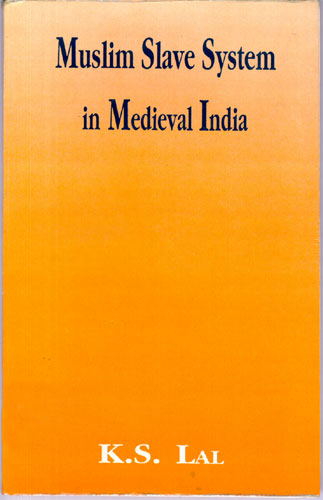Evidence demonstrates that Africans were living in India, as slaves and free individuals, as early as the thirteenth century C.E.. The slave trade that transported most Africans to India is called the East African slave trade because Africans were taken from the east coast of Africa to the Western Asia (Middle East) and westwards across the Indian Ocean to South Asia. Although Indian bankers financed slave raids, few Indians were directly involved in trading slaves. Muslim Arab traders conducted the slave trade. These traders, unlike slave traders in West Africa, dealt with small numbers of slaves, as few as ten at a time.
Africans living among communities on the west coast of India were called Sidis, and those living in the interior were referred to as Habshi. Today, the terms refer generally to Indians of African descent and are used interchangeably.
Africans in India worked as soldiers, sailors, traders, bureaucrats, clerics, bodyguards and concubines. Almost all of these Africans were Muslims, and many were slaves conscripted into the slave armies of Indian Muslim rulers. As early as 1459, the Muslim king of Bengal maintained an army of 8,000 African slaves. In 1530, a Habshi commander and army defended the west coast settlement of Daman against the Portuguese.


 good find
good find